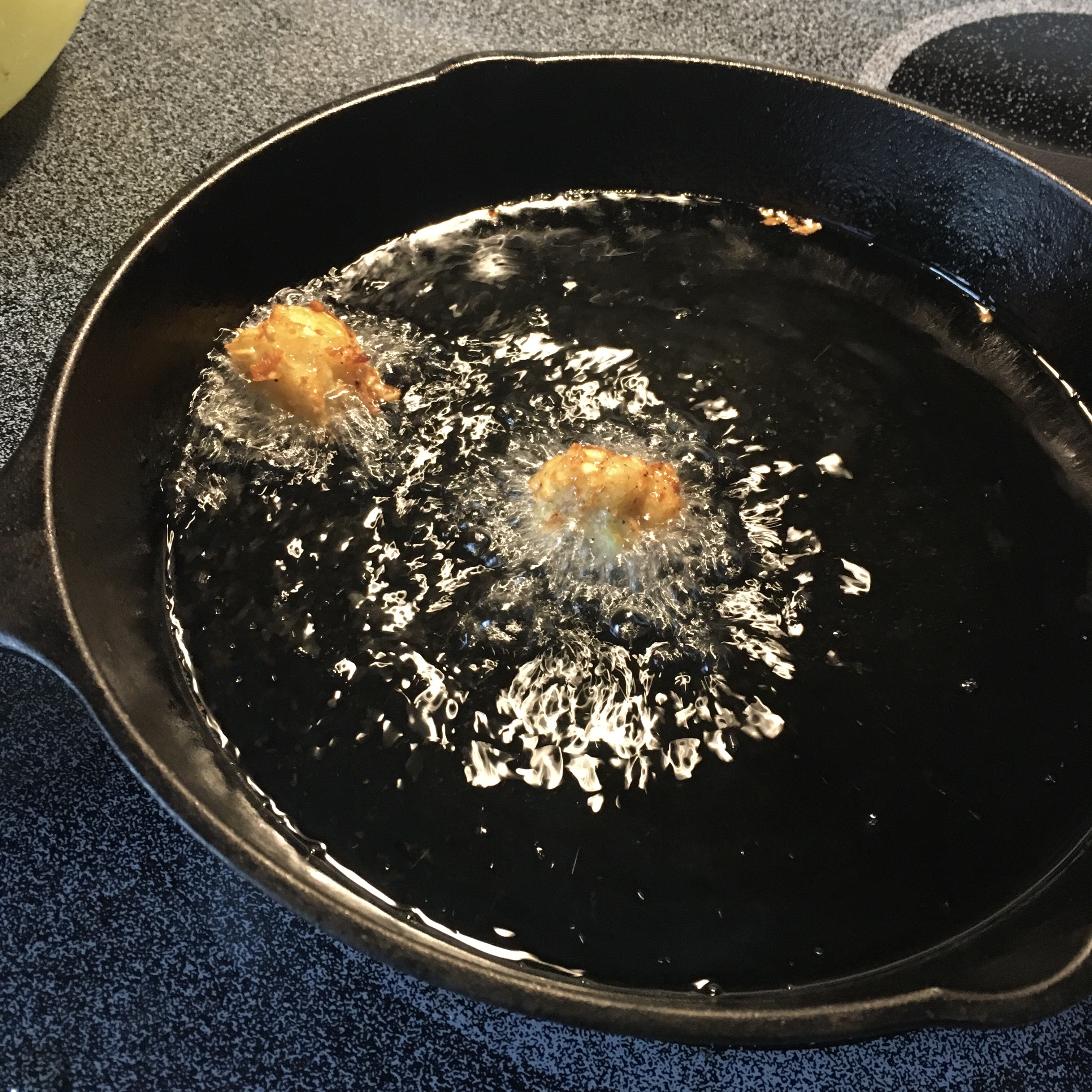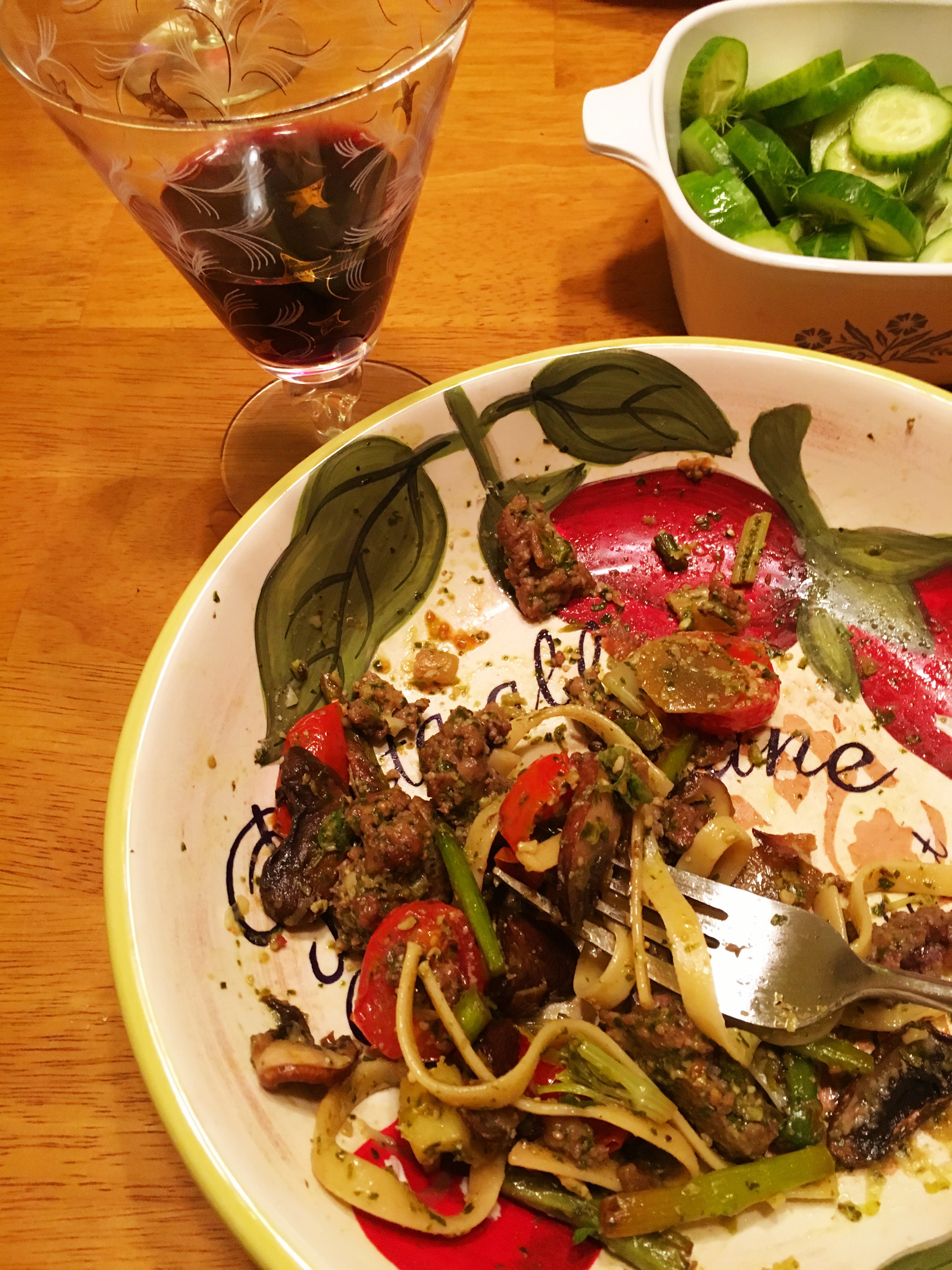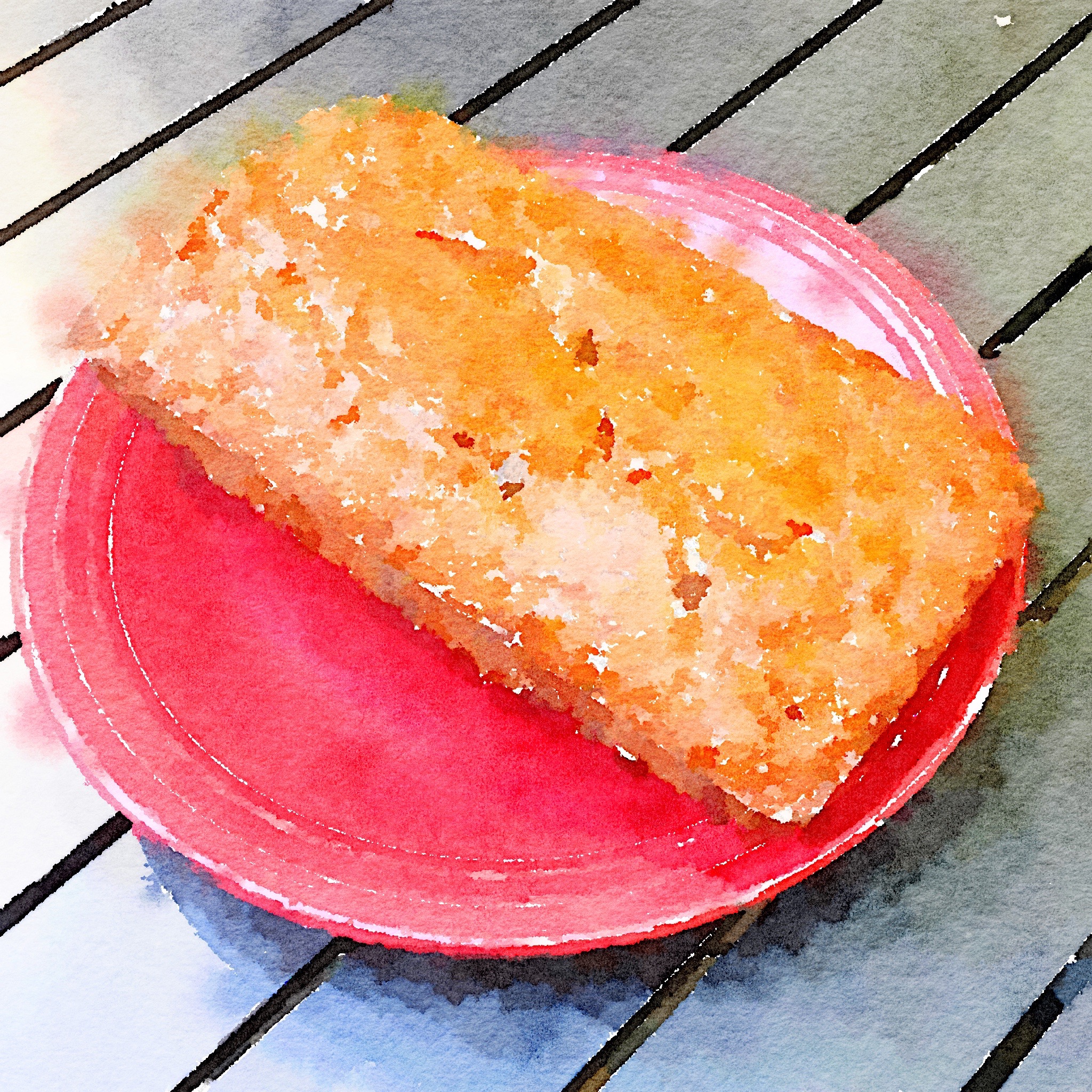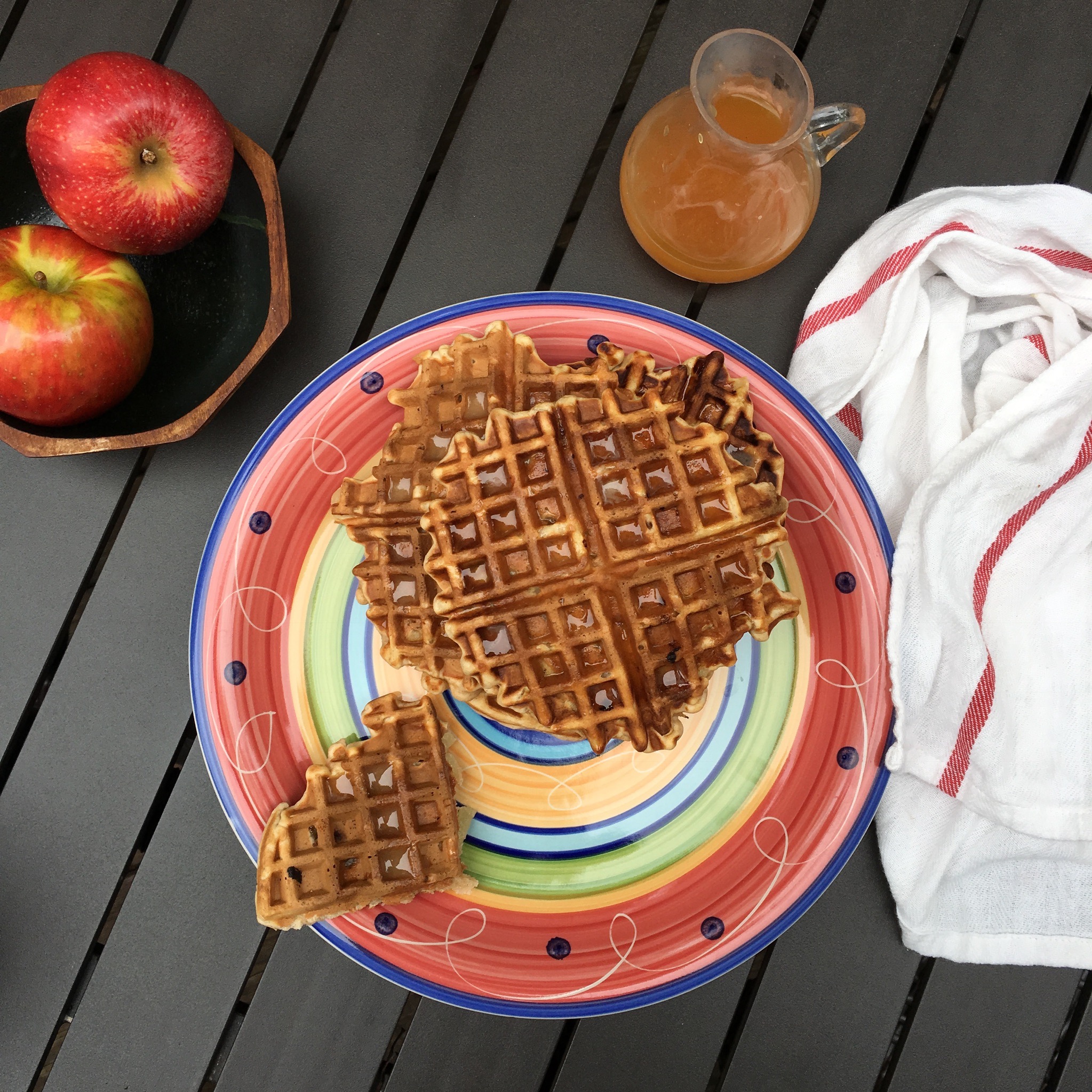
She was in the mood for popcorn. I was, well, not so much. I make perfectly good popcorn, but dinner had been plenty salty and I was thinking something sweet was a better idea. I thought about s’mores—but since we had neither marshmallows nor graham crackers, that was a non-starter.
Yes, I make perfectly good marshmallows. But not instantaneously. (Also, I’m not sure we have gelatin.) And, yes, I should probably look up a graham cracker recipe (or at least add graham crackers to the shopping list), but that’s still not going to help now.
But we do have plenty of chocolate. What would happen if I added chocolate chips to a bowl of hot popcorn? (Probably nothing much, I decided. I Googled. I got an idea. I got out the Dutch oven.
Fifteen minutes later I put the pot between us on the coffee table.
“Write it down,” she said forcefully. “In exact detail.”
Peanut Butter Cup Popcorn
Put 3 Tbsp oil in a heavy-bottomed pan over high heat. (Peanut oil is best, but we were out; I used canola and kept a close eye on the pot.)
Add 3 popcorn kernels to the pot and put the lid on, slightly ajar.
Meanwhile, add to a microwave-safe bowl or measuring cup:
3 oz. peanut butter
4 oz. good quality chocolate
1 Tbsp butter
Heat, stirring every 30 seconds, until all the chocolate is melted. Stir to combine.When the third kernel pops, remove the pot from the heat and add 1/3 cup popcorn kernels. Put the lid on the pot and wait for 30 seconds.
Put the pot back on the heat, with the lid ajar. Shake the pot now and again so nothing sticks or burns. When the popping slows to once every 2 or 3 seconds, remove from heat and carefully remove the lid.
Pour the chocolate-peanut butter mixture over the hot popcorn (which is still in the hot pan) and stir until all the popcorn is coated. Add a bit of salt as desired (depending, mostly, on how salty the peanut butter is).
Serve, along with napkins. This stuff is sticky and messy and wonderful.
Here’s where it gets tricky. She said to write it down in exact detail. I used half of a Godiva Masterpieces Milk Chocolate Caramel Lion of Belgium Bar (1.5 oz) and half of a Theo Dark Chocolate Coconut bar (1.5 oz). But that’s what I used because that’s what I had at hand—both bars were already opened; the caramel bar had been in our shared Easter basket, and the chocolate-coconut bar had been left over from a batch of brownies she made a week or so ago. I think the caramel in the Godiva bar was useful in making the chocolate sauce more gooey-licious, but I would have happily used chocolate chips instead if neither bar had been opened.It was not too salty, it was not too sweet; it was crunchy and gooey. It was sort of the best of both popcorn worlds. We’ll definitely try it again.

By the way, here’s the way I usually make perfectly good popcorn.
Perfectly Good Popcorn
Follow the popping instructions as above.
While the oil is heating, combine
2 tsp salt
1/2 tsp smoked paprika
1/4 tsp black pepper
1 oz. finely grated Parmesan cheese
Toss the hot popcorn with 3 Tbsp melted butter, then add the spice mixture; stir to combine.


 Would I have thought of chicken and dumplings if I didn’t have a quart of really good stock? Probably not. I was kind of in the mood for pizza, but that for another day. Same with the pesto. Resources are not scarce, but it would have been a terrible shame to let that stock go sour, or the pesto spoil. What could have been clean-out-the-fridge night turned into a rich, comforting meal.
Would I have thought of chicken and dumplings if I didn’t have a quart of really good stock? Probably not. I was kind of in the mood for pizza, but that for another day. Same with the pesto. Resources are not scarce, but it would have been a terrible shame to let that stock go sour, or the pesto spoil. What could have been clean-out-the-fridge night turned into a rich, comforting meal.
 Even those of who enjoy cooking at home regularly are trying to have a little more fun with it these days. Sometimes this means comfort food. Sometimes this means gourmet dinner preparations. Sometimes it’s a cross between Survivor and Chopped. And since we can’t invite each other over for dinner, the next best thing is sharing photos of our kitchen accomplishments. And, often, trying to make each other laugh.
Even those of who enjoy cooking at home regularly are trying to have a little more fun with it these days. Sometimes this means comfort food. Sometimes this means gourmet dinner preparations. Sometimes it’s a cross between Survivor and Chopped. And since we can’t invite each other over for dinner, the next best thing is sharing photos of our kitchen accomplishments. And, often, trying to make each other laugh. 










 Adaptation is a tricky business. What you change, or omit, when going from one medium to another may be the very thing that someone else loved about the original. What you add may be the ingredient that spoils the stew. Ask her sometime about the film versions of the
Adaptation is a tricky business. What you change, or omit, when going from one medium to another may be the very thing that someone else loved about the original. What you add may be the ingredient that spoils the stew. Ask her sometime about the film versions of the 




